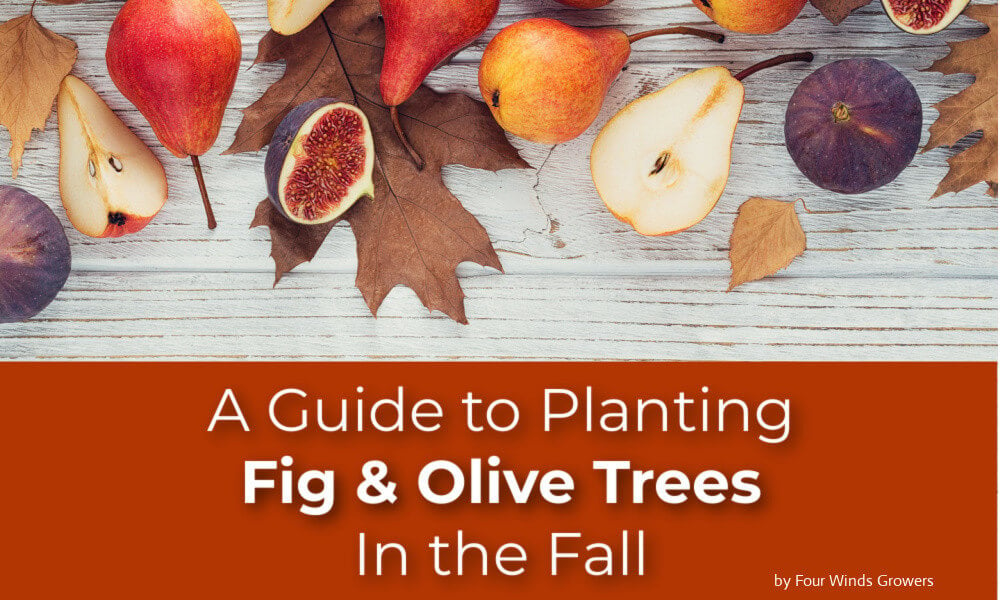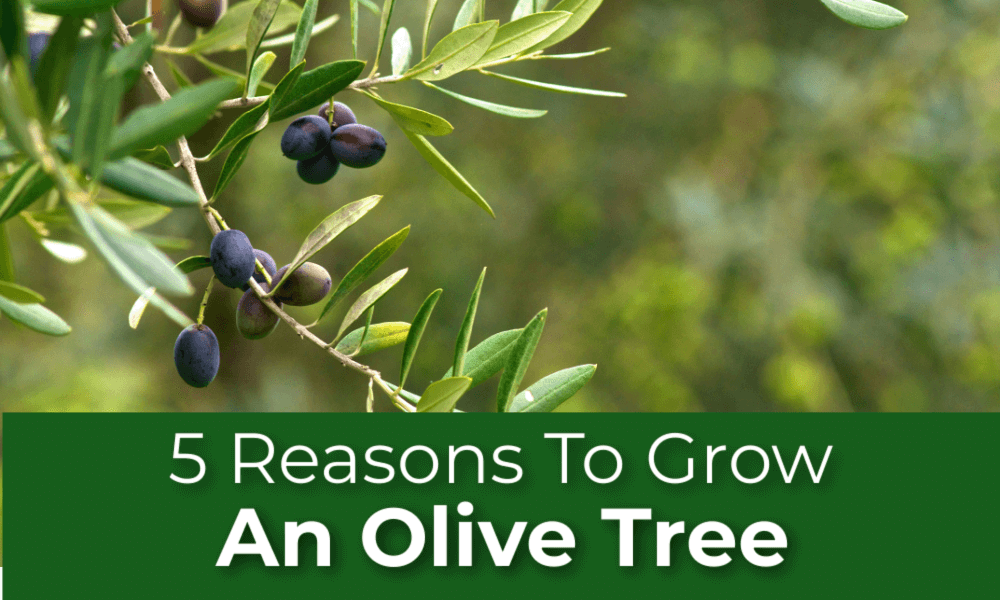You can plant fruit trees in the fall to allow for the smoothest transition from your tree's nursery container to its new home, whether in the ground or just a bigger pot. Fall provides a balance of warm and cool weather that is perfect for establishing for getting roots established. getting your tree rooted in the fall means that the wake from dormancy for deciduous trees and the spring flush for evergreens is much less stressful because the tree is not trying to recover and push growth the same time.
Acclimation: Fall planting your fruit trees is a simple process much like spring where you first want to acclimate your fruit tree. To do this, you will want to place your new tree in a shady part of the yard that receives no more than an hour or two of direct sunlight per day. This process of acclimation takes around one to two weeks depending on your weather and the fruit tree variety. This is not an exact science, the point of this process is to slowly introduce your greenhouse grown trees to your environment.
Planting: (For some of our growers in warmer climates, you will want to wait until temperatures to settle into the low 80s°F before proceeding)
In Ground: To start, you want to get all of your planting materials ready including your tools, a hose or watering can, amendments if needed, and of course your new fruit tree.
Choose a nice sunny location that receives around 8 hours of full sunlight per day, and well draining soil. For soils that are hard and heavy in clay, consider mounding up about 10"-12" above the native soil level with compost and mulch to create an easier medium for your new tree to root into.
Next, you will want to dig a hole about twice the size of the root ball. Once the hole is complete, you will want to plant the tree so that the top of the root-ball is flush with the native soil line or if you mounded up flush with the top of the mound. An extra step here would include filling the hole with water prior to planting and allowing an hour or more for the water to soak in. This extra step is more important for heavier soils and for climates with little rain fall. The extra water will help hydrate the deeper soil and bring it back to life so to speak.
Now that your tree is planted, form a small basin around your tree with the surrounding soil. This should be done in a way that does not allow for water to pool up against the trunk once plan.
Container Planting: Container planting is a great way to expand your growing area and really take control of the environment that your tree is living in. Just like in ground growing, This works exceptionally well with Citrus, Olives, and Figs. First off, choose a container with lots of drainage holes that is roughly double the size of the nursery container that your fruit tree arrived in. This will provide plenty of space for your tree to grow into without being too much to keep moist when watering.
Now that your container is selected, you will want to find a nice coarse soil mix like a citrus/cactus mix or make a 5x1x1 mix for your tree. The 5x1x1 mix consists of 5 parts coarse bark(small orchid bark works), 1 part coarse perlite, and 1 part potting soil or worm castings. This mix will make sure your tree roots are never sitting in water which could lead to root rot which is very common in containerized plants and trees that lack drainage. This mix will need to be fed regularly during the growing season with a water soluble fertilizer like our Romeo Plant Food to promote and support new growth.
For our growers with real winters, you will want to bring the tree inside and by a sunny window once your night time temperatures begin to approach 40°F.
Watering: You got the tree into its new home! Now its time for a deep watering. This will help to close any large air gaps within the soil and at the same time loosen the soil around the root-ball to promote root growth. If you live in a climate with regular rainfall, your job of watering is pretty much done until spring. If you are not expecting rain anytime soon, you will want to give your tree a deep watering once the top 4"-5" of soil have dried out. Notice that over winter, your watering needs will drastically reduce with the cooler weather and if you are growing a deciduous tree like a fig, you will want to hold off water almost entirely while the tree is dormant. Once the trees leaf out in the spring, return to you regular watering schedule.
Protect your tree from sunburn, insects & rodents with PLANT GUARD tree paint & foliar spray.
Protect your roots from rodents with ROOT GUARD the original gopher wire basket.
Feed your fruit tree with Romeo Plant Food. This water-soluble fertilizer is great for in-ground or in-container growing.
Author: Israel Osuna




